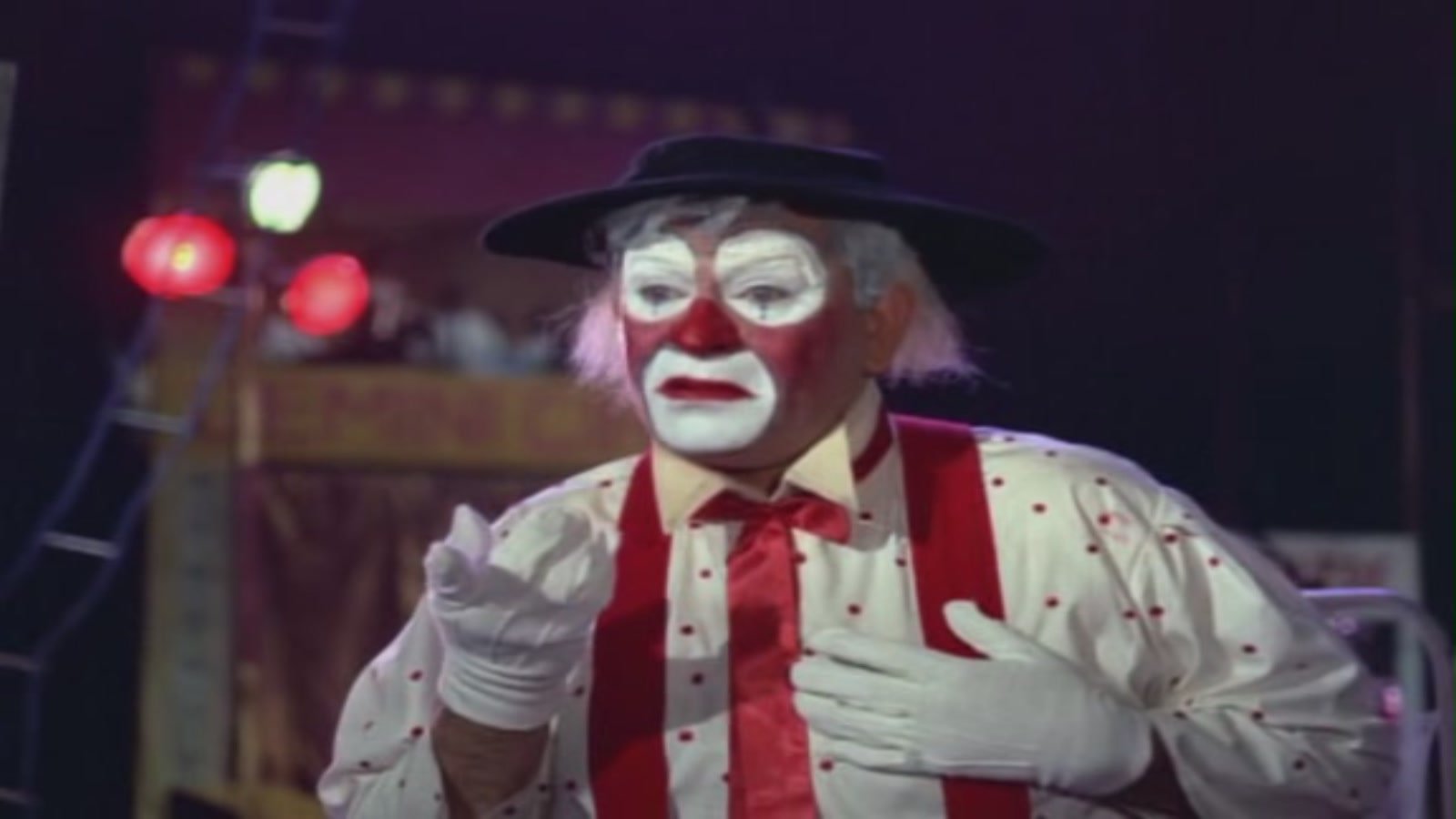Much like humans, every film has a life span. They are born, they live in people’s memories and then they die. However, some films are born much after they’re released. Mostly because we are not ready for them when they first come out. These films may end up failing at the box office at the time of their release but eventually gain cult status in the years that follow. Fortunately for us, Bollywood is over-populated with such films.
This list will take you back to the movies that you may not have appreciated when they first came out, but are seen in different light today.
If you’re a movie buff, you’re going to thank us for this list of films which were way ahead of their times.
1. No Smoking (2007)
No Smoking was a famous box office disaster. The movie was a flop not because it was boring but because it was a difficult movie to process. This movie is an invitation to explore the thin line between reality and illusion. The concept of alienating one’s conscience from one’s body wasn’t something the audiences were prepared for, back in 2007. However with multiple viewings, No Smoking comes across as a piece of art that offers something new with each viewing. The film is full of hidden analogies. Let’s see if you’re able to find them out.
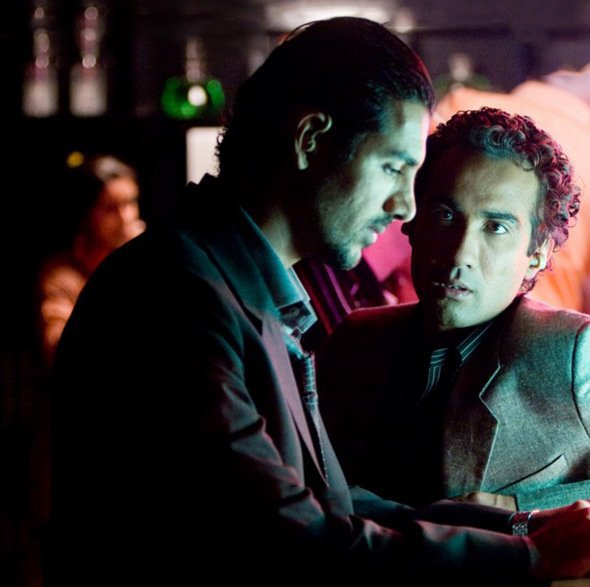
2. That Girl In Yellow Boots (2011)
Just like No Smoking, That Girl In Yellow Boots is another brilliant movie which suffered the consequences of daring to be different. With a girl obsessed to find her father in an alien city forming the core, this film brings about unexplored layers of human emotions. The climax wouldn’t necessarily go down with your moral high-ground and that’s the last thing it aims to do. Watch it for its daring attempt to push what’s acceptable in Indian cinema.
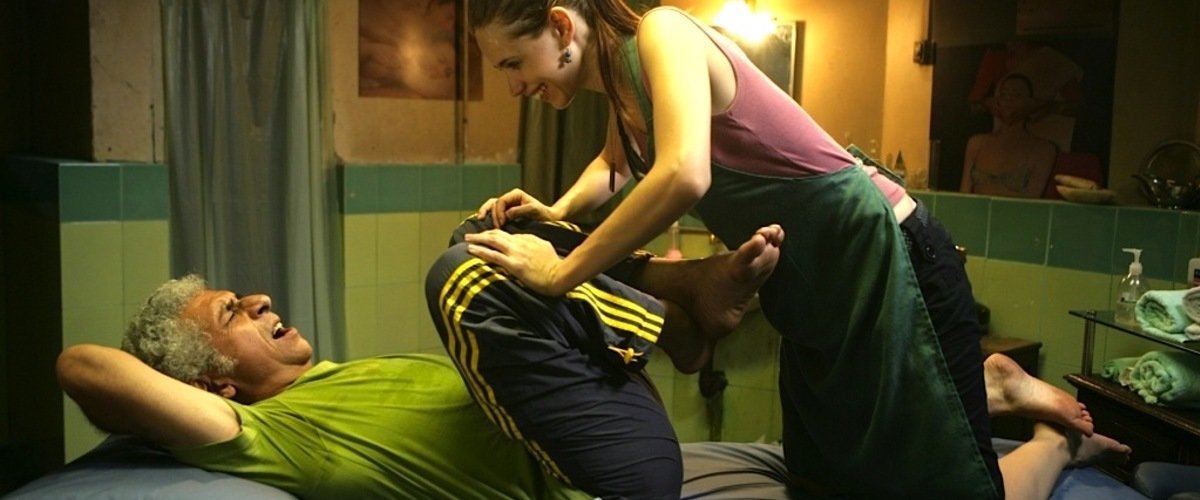
3. Love, Sex Aur Dhokha (2010)
The first decade of the 21st century will forever be known for film makers trying to push the envelope in Indian cinema. At such a time, Dibakar Banerjee took the envelope and set it on fire with three anthropological stories poetically linked together in an otherwise brutal film. The film smoothly sails between themes of casting couch, sexual repression and honour killing with nothing but a handheld camera. Love, Sex Aur Dhokha is Dibakar Banerjee’s middle finger to the accepted rules of film making.

4. Saleem Langde Pe Mat Ro (1989)
In the midst of Bollywood pulp of the ’80s, Saeed Mirza embraced the regularity of the Indian lower-middle class in Saleem Langde Pe Mat Ro. The movie invites us into the world of a Muslim youth involved in unlawful activities in Mumbai. Saleem, who lives with his parents is trusted with the job to talk to a potential suitor for his sister. His rejection of a white-collar suitor displays his internal conflict with the ways of the society. The film has undertones of the value of human life, which apparently was too soon for Bollywood to confront in the ’80s.
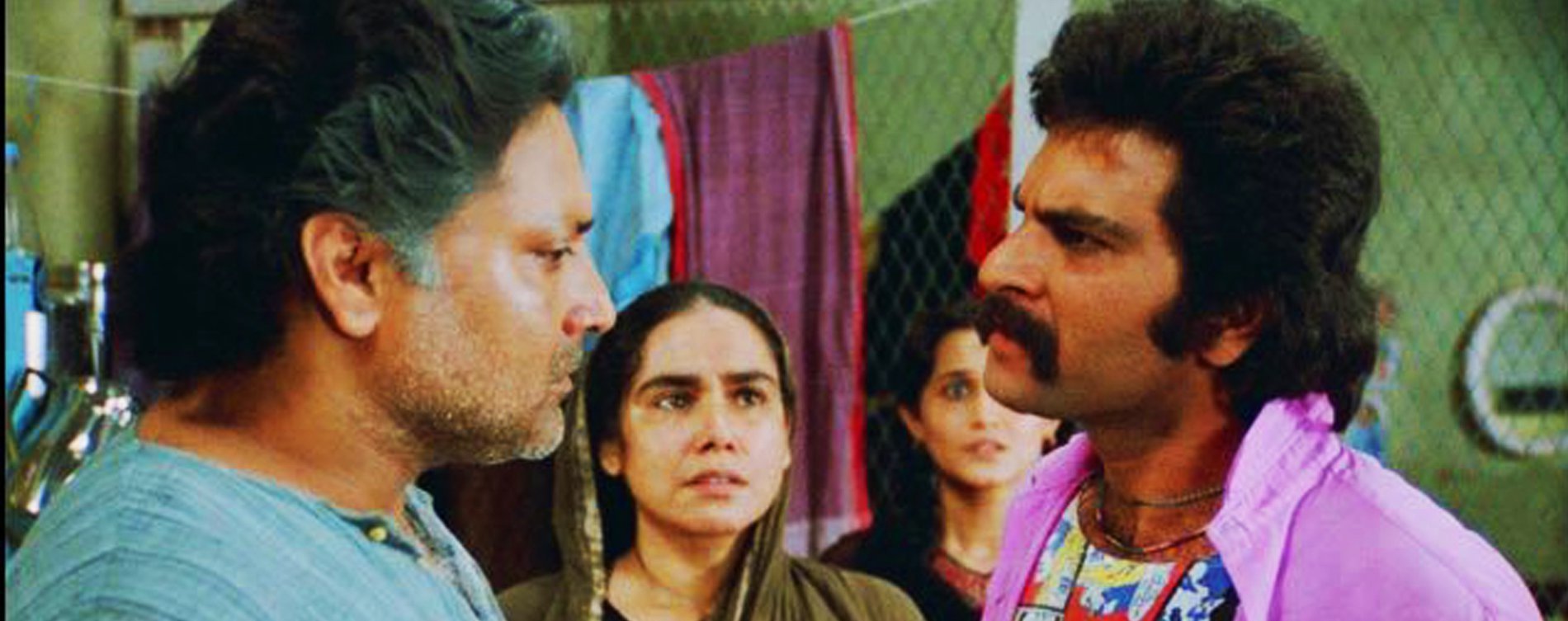
5. Khamosh (1985)
Picture this: no songs, actors playing themselves, a whodunit murder mystery that also serves as a satire from time to time. Khamosh was the closest Bollywood ever came to reinventing itself in the ’80s. Unfortunately and unsurprisingly, no one watched the film. Vidhu Vinod Chopra, despite having made two acclaimed films, remained undiscovered till his much talked about next film, Parinda. Khamosh demanded the viewers to get out of their comfort zone which was asking for too much, too soon, at the time .
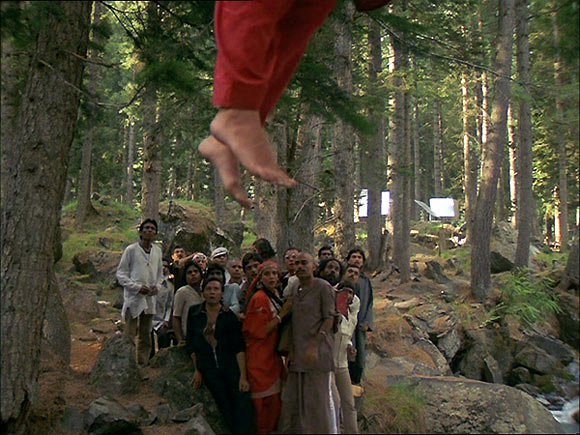
6. Om Dar-B-Dar (made in 1988, released in 2014)
If you haven’t already watched this, allow yourself to submerge in the visual trip that is Om Dar-B-dar. We should mention at this point that it’s totally okay to not understand this film. There’s a very good chance that Om Dar-B-Dar (28 years on) is still eons ahead of us. It doesn’t necessarily mean incomprehension of the visual language adapted by Kamal Swaroop. You may make sense of a few scenes but the film on the whole still remains a yet-to-be deciphered piece of art. If Khamosh asked you to get out of your comfort zone, Om Dar-B-Dar asks you to move out of the space-time continuum.
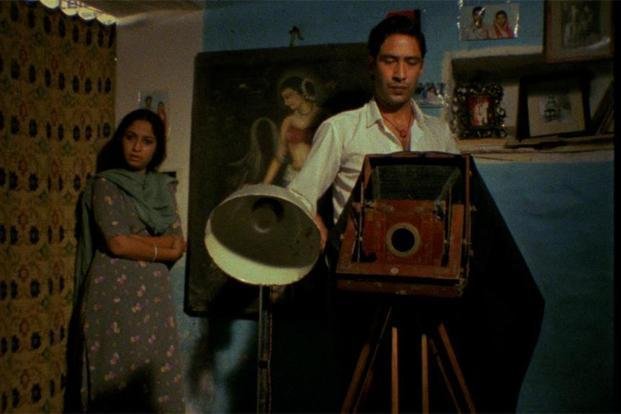
7. Ek Doctor Ki Maut (1990)
It’s important to know that this movie came out in the pre-globalization era when it was a big deal for someone to gain international acclaim in our part of the world. The story revolves around a doctor who devises a vaccine for leprosy which boils down to his fight against the establishment. Its brilliant performances and subtlety makes this a must watch for all film buffs. Patience isn’t a thing associated with Bollywood of the ’90s and that’s exactly why this movie would do better today.
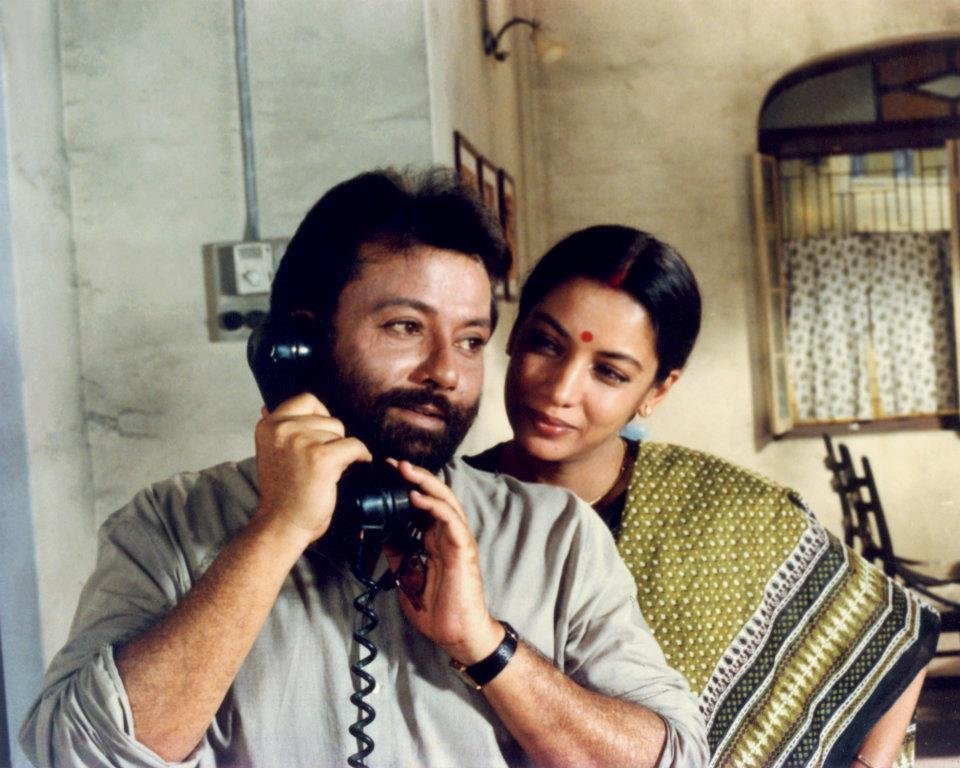
8. Paanch (Unreleased)
Almost everyone has heard of or watched Paanch by now. Paanch is famous for being Anurag Kashyap’s directorial debut and infamous for never seeing the light of the day. The censor board banned it stating that, “it’s neither healthy, nor entertainment”. Those who’ve watched Paanch would beg to differ. As of today, this film remains unreleased. Maybe it’s time, the overlords of the censor board give it a go and let Paanch release legally. If not, you know where to find it.
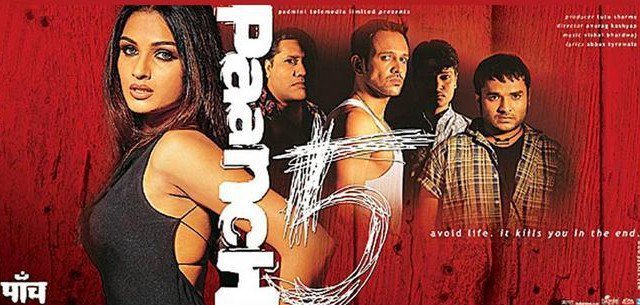
9. Suraj Ka Satvan Ghoda (1992)
Based on a meta-fiction novel by the same name, Suraj Ka Satvan Ghoda is arguably Shyam Benegal’s most accomplished film till date. The plot revolves around Manek Mulla narrating his love affair with three different women. Told from a different perspective each time, the events in the film are often revisited from a different angle. Considering this one came out the same year as Raju Ban Gaya Gentleman, Suraj Ka Saatvan Ghoda never received the recognition it deserved. 24 years later, a writer at ScoopWhoop urges his readers to revisit the classic.
10. Jaane Bhi Do Yaaro (1983)
No, we haven’t forgotten Jaane Bhi Do Yaaro, so you can put your stones away. Thanks to pop-culture, Jaane Bhi Do Yaaro is now a movie that generates collective gasps if someone claims to not have seen it. Social media rules dictate it’s totally okay to judge someone for not having seen it. This film finds its place on this list because it wasn’t always the cult movie it is today, mostly because the concept of satire didn’t exist in Indian minds in the ’80s.
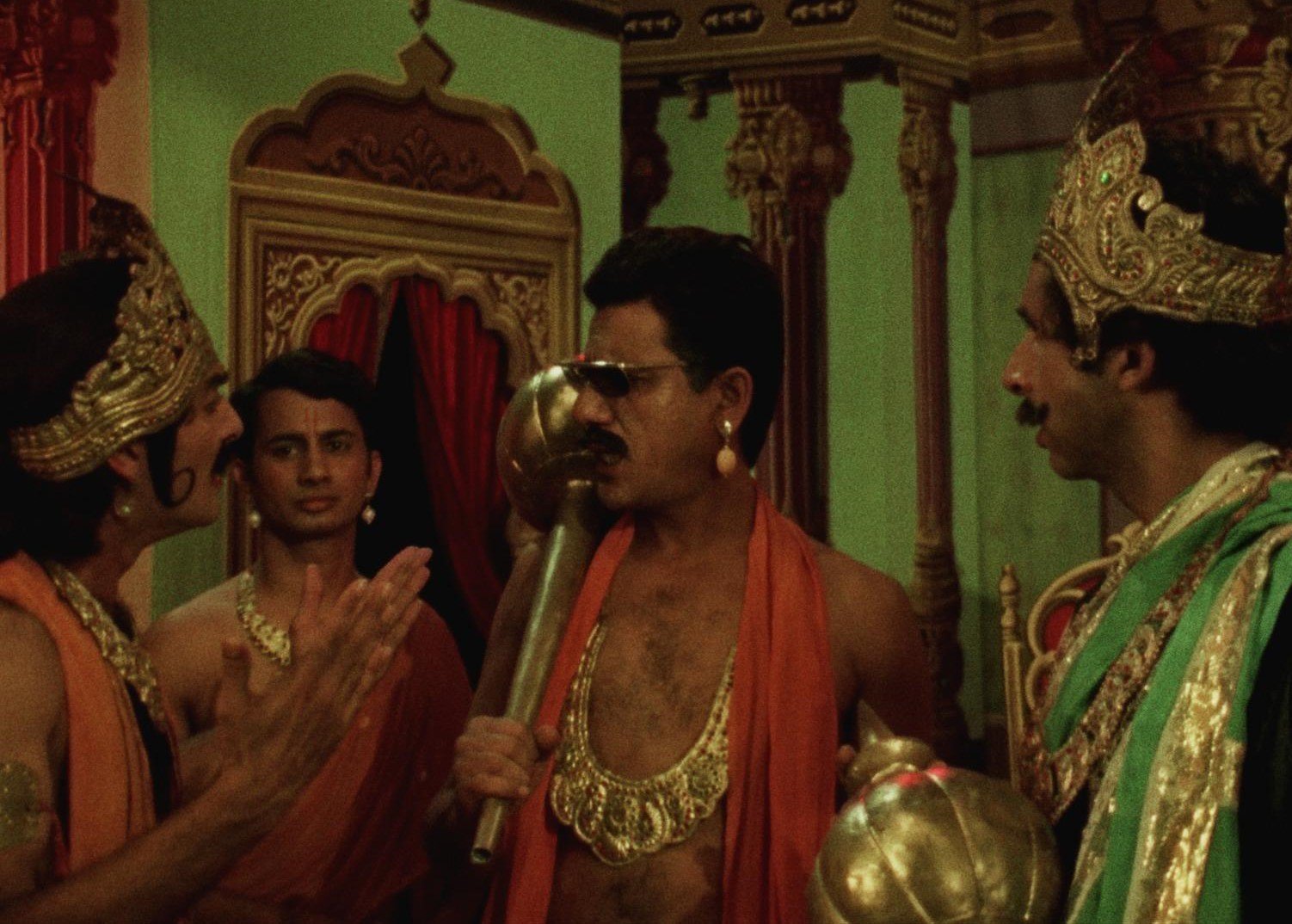
11. Pyaasa (1957)
The 11th entry on this list takes us back to the golden age of Indian cinema. In a recently independent India, Guru Dutt dared to comment on social norms that eventually got the best of his character in Pyaasa. Songs like “Jinhein naaz hai Hind par wo kahaan hain?” find their relevance even 60 years later. A famous example of this analogy is Anurag Kashyap’s Gulaal which was inspired by Pyaasa’s song “Yeh duniya agar mil bhi jaaye to kya hai?“.
As a country, we should talk about Pyaasa more than we do.
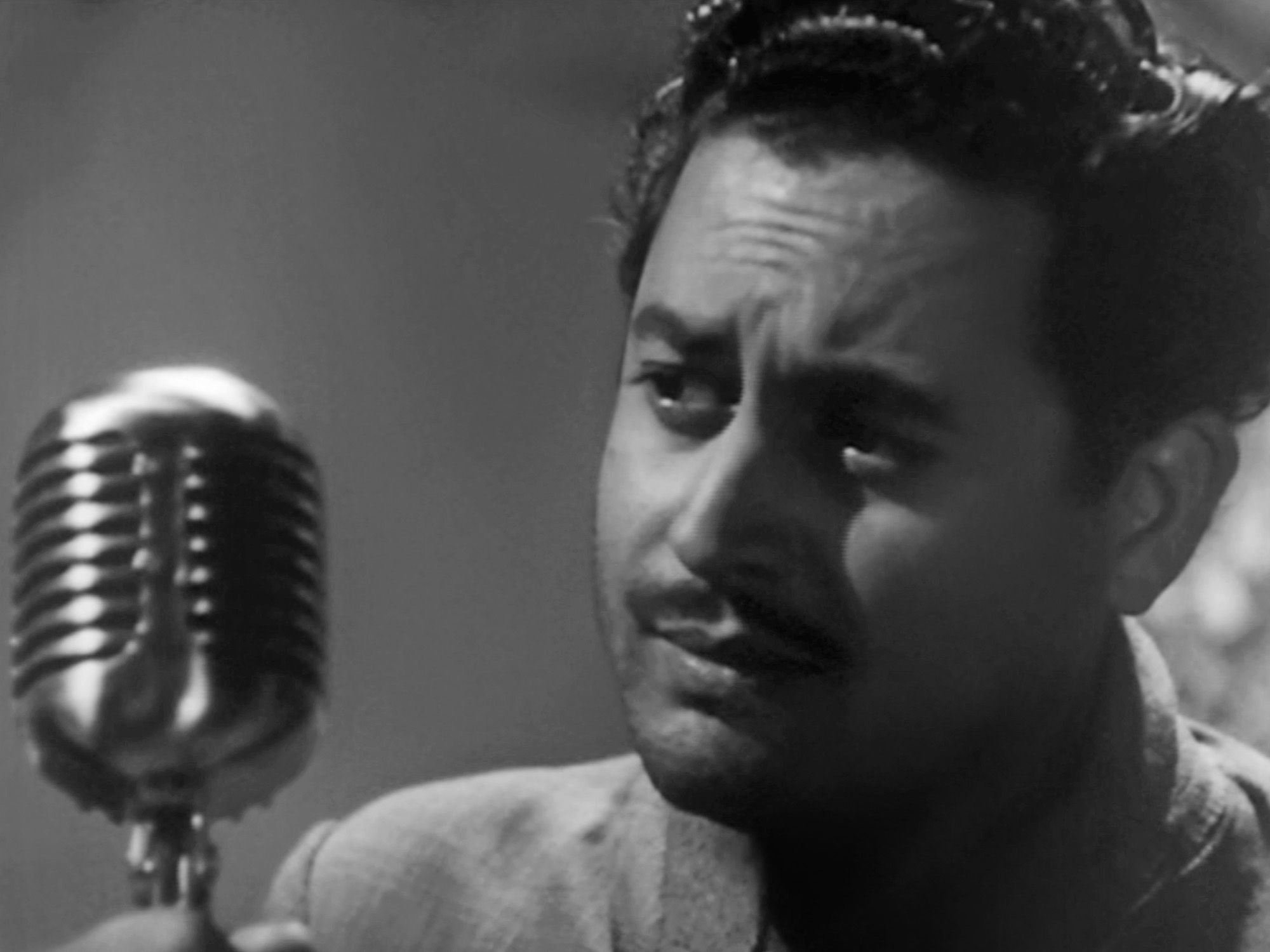
12. Lamhe (1991)
Lamhe deals with the mature subject of an older man falling in love with his once beloved’s daughter. With shades of incest, Lamhe had a hard time garnering commercial success at the box office. It however remained one of the most bold movies Yash Chopra made. With award winning performances from its leads, Lamhe is a brave attempt to show unconventional human relationships, in the most Yash Chopra way possible.
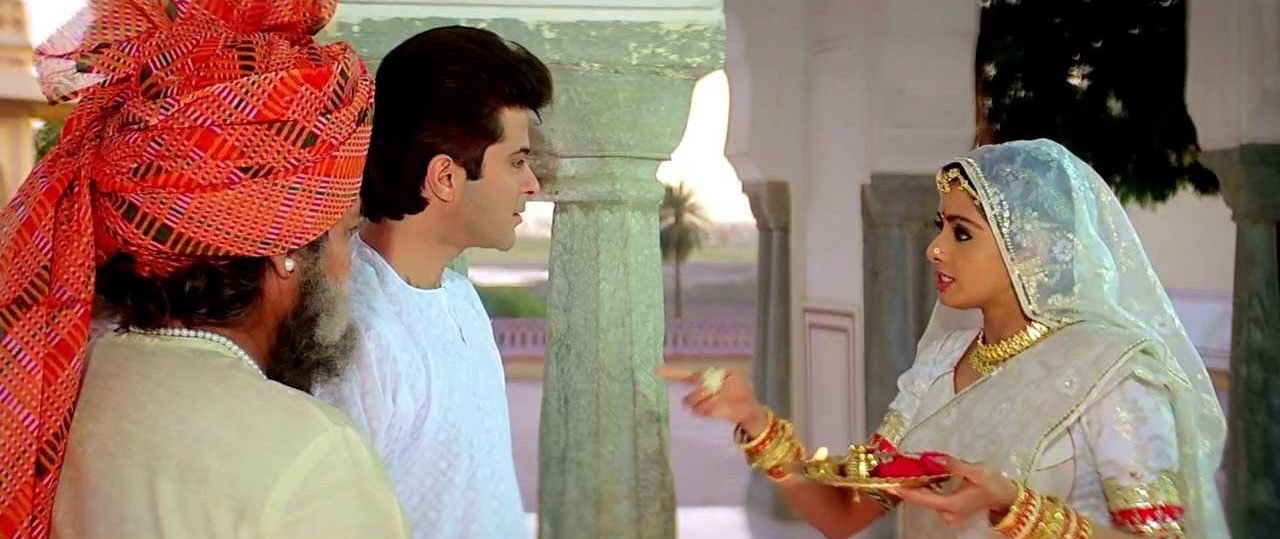
13. Monsoon Wedding (2001)
Mira Nair’s insight into the big fat Indian wedding was so accurate, we almost hope it wasn’t. Monsoon Wedding was so much more than a wedding extravaganza but unfortunately that’s what it’s remembered for today. Nair’s brilliant execution of the theme of child abuse was unfortunately unable to stir up a conversation. Maybe it’s time.
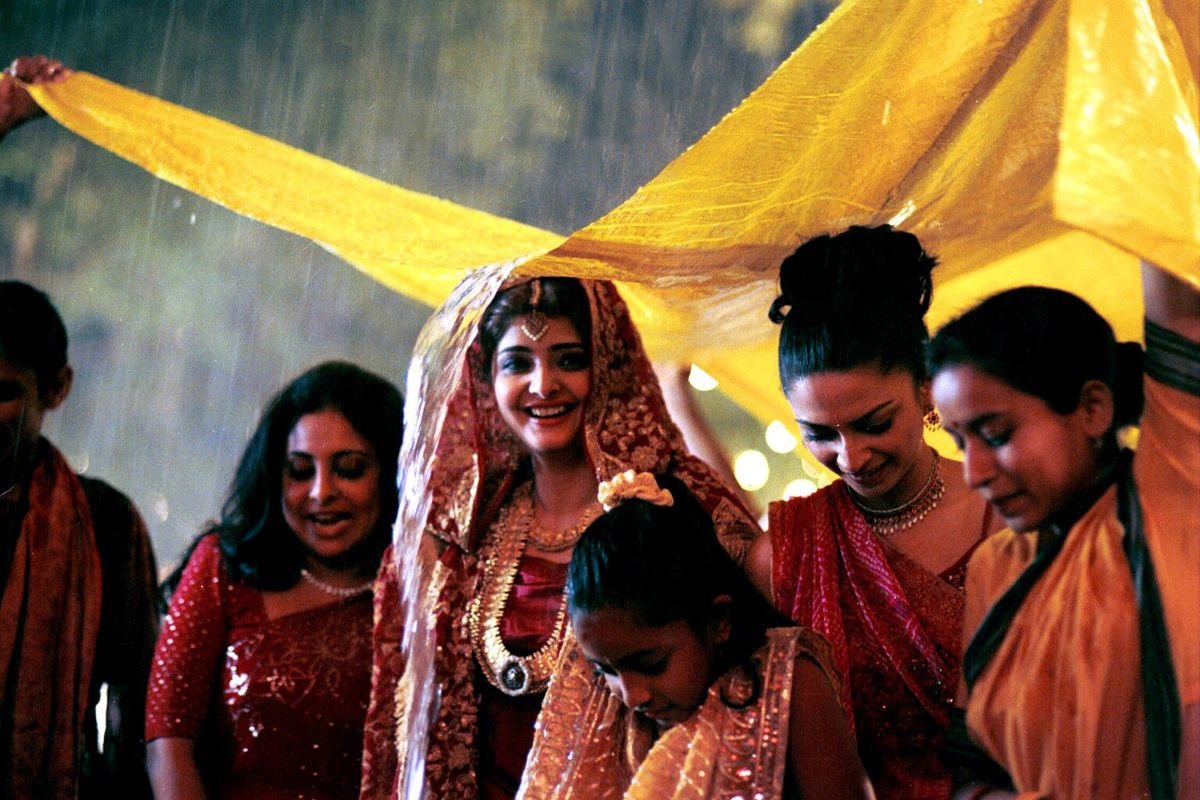
14. The President Is Coming (2009)
George Bush visits India and is scheduled to meet the young faces of “The New India”. 6 shortlisted candidates are made to go through bizarre tests and activities which expose hidden agendas of each contestant. As you can tell, this mockumentary satire was so commercially successful that we never stopped exploring this genre.
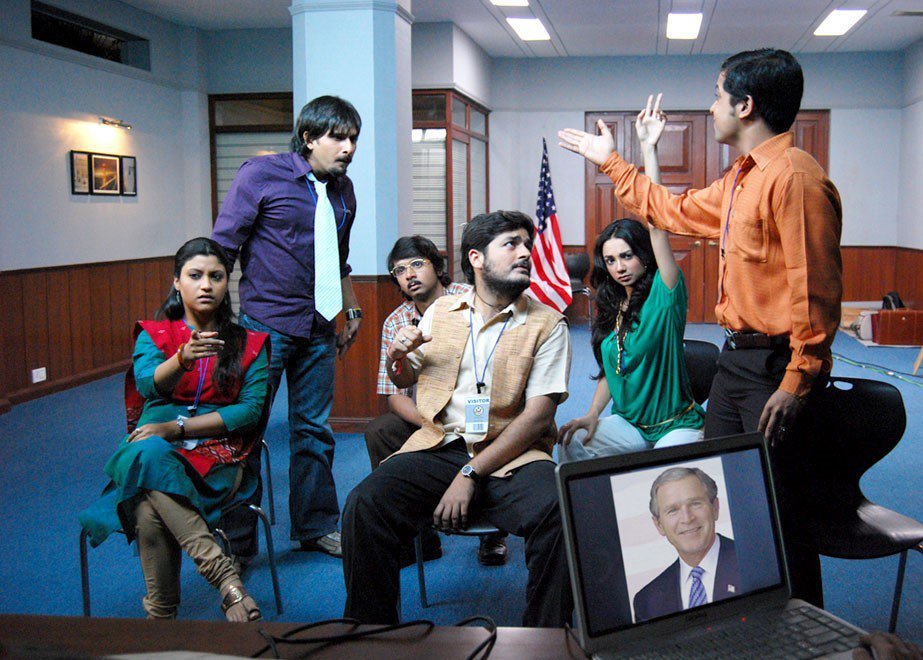
15. Mera Naam Joker (1970)
This list couldn’t have been complete without Raj Kapoor’s marathon long epic about the life of a circus clown and his women. For the first time, Indian audiences were confronted with a school teacher being the subject of her student’s infatuation. The movie ends with life coming full circle for Raju, the protagonist clown. Generations of people have missed out on this classic simply because it didn’t fit in with the milieu of the times it was released in.
